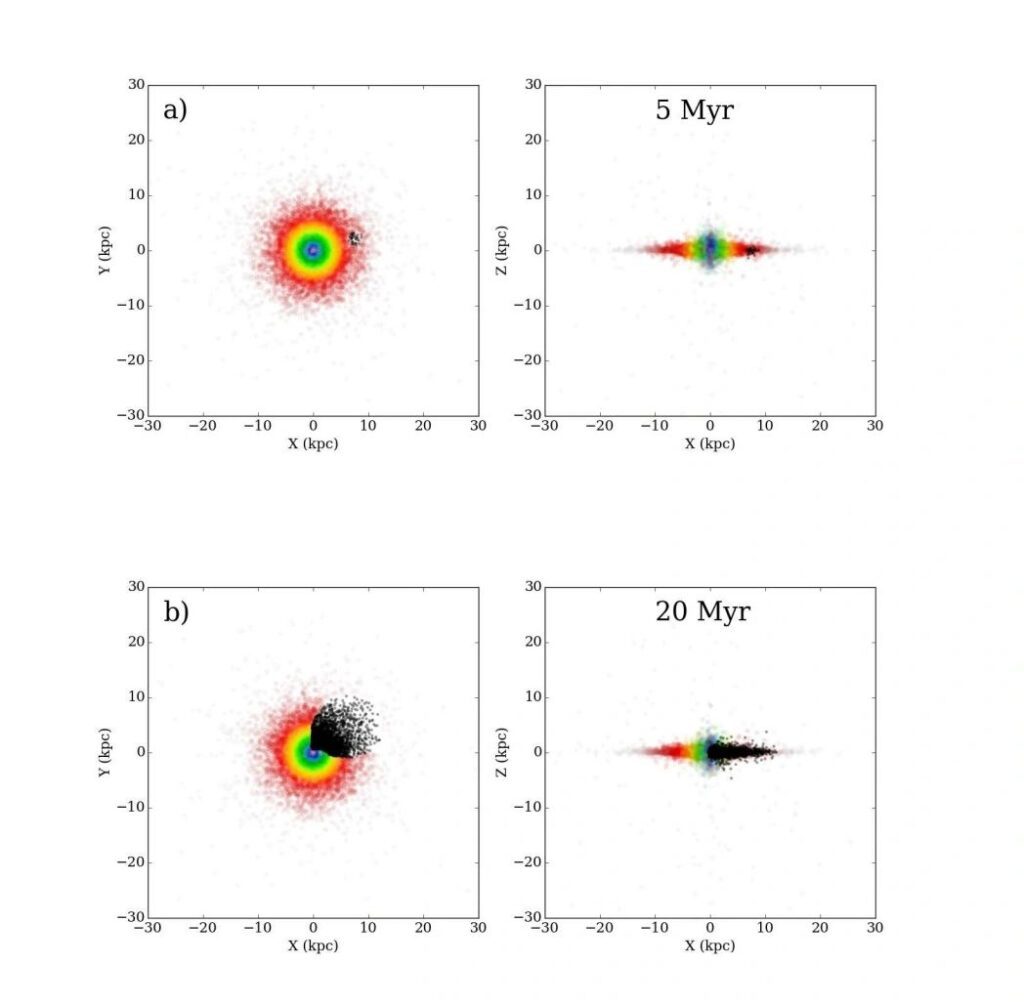Dyson Spheres or Hot DOGs? Checking Behind Project Hephaistos
By: Mason Beam – Wise News Network
Project Hephaistos, like America’s SETI (Search for Extraterrestrial Intelligence), is out to discover whether or not we are alone in the universe. There are many potential signs of other civilizations, but one of the potentially easiest for us to spot would be the Dyson sphere/ swarm. These are megastructures placed around a star by an advanced civilization for energy-harnessing purposes.

Project Hephiastos aimed to use the Gaia, 2MASS, and WISE satellites to survey and observe more than five million stars using infrared detection methods. Out of millions of candidates, seven stars were marked as potential Dyson spheres.
To detect these stellar objects definitively, several other candidates must be ruled out. They share common traits with two other astronomical bodies, the first being a red dwarf star.
A red dwarf like a Dyson sphere would only produce infrared light, which is invisible to the naked eye. However, red dwarfs do not commonly produce radio waves, so we should check our next candidate, Hot DOGs!
A Hot DOG, otherwise known as a Hot Dust-Obscured Galaxy, would mimic a Dyson sphere in any singular instance or survey. So, recently, researchers cross-referenced older surveys to check the position of these objects against them.

On May 27th, 2024, a collaborative study between the Universities of Manchester, Malta, California, Oxford, and the Leiden Observatory was published. These scientists used a measuring unit known as an arcsecond, which is 1/3600th of a degree. The study determined that all seven objects were between .35 and 5 arcseconds away from the expected position.
This marks these objects as potential Hot DOGs by showing they do not appear to be moving inside the Milky Way Galaxy. The study does not thoroughly debunk the potential of the objects as Dyson spheres. While less likely than a Hot DOG, it has been speculated that a Dyson sphere could be used as an engine capable of moving its entire solar system.
This could be accomplished by leaving out a portion of the sphere, and by doing so, propulsion would be naturally generated as a byproduct. This could account for movements seemingly unrelated to the expected pattern. While the study does not note this as a reason, it ends by stating that “deeper and higher resolution radio observations of the seven candidates are warranted.”
Whether you believe in extraterrestrial intelligence or not, this study dips into the plethora of cosmic phenomena that must be sorted through as we continue to see if we can find anyone looking back.
Study Links: (Background Contamination of Project Hephiatos Dyson Spheres Candidates) https://arxiv.org/abs/2405.14921
(Project Hephaistos II. Dyson sphere candidates from Gaia DR3, 2MASS, and WISE) https://academic.oup.com/mnras/article/531/1/695/7665761
To read the studies published by this project check out their site here:
Project Hephiastos: https://www.astro.uu.se/~ez/hephaistos/hephaistos.html
For more video news stories, visit YouTube: https://www.youtube.com/@wisenewsnetwork.
For more articles and news stories, visit: https://wisenewsnetwork.com
Contact us at: [email protected]
Copyright 2024 Wise News Network. All rights reserved.
